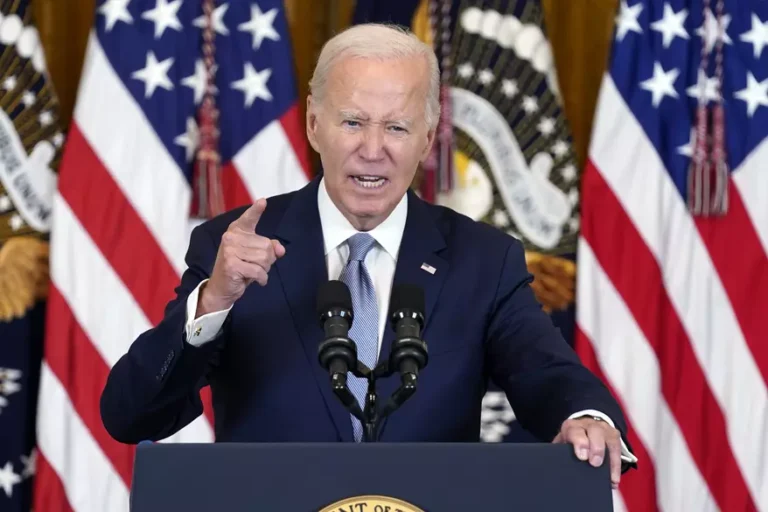Government Drug Price Setting Threatens Older Adults
Click here to read this Op-Ed on dcjournal.com
One of the reasons the Medicare Part D Program was created several decades ago was to ensure that seniors could access and afford healthcare, considering that they are disproportionately affected by serious health conditions that warrant more medical attention.
Despite knowing that older adults’ health could be jeopardized if they cannot access a variety of treatments and medications to manage their chronic illnesses through Part D, lawmakers and the Biden administration included the price control policies in the Inflation Reduction Act that are anticipated to restrict this access. While several policies within the IRA could improve the Part D program for its beneficiaries, implementing price controls in the drug pricing system will ultimately cast a grim shadow over any progress the bill makes in the U.S. healthcare system.
Context on the unique challenges older adults face is warranted in this discussion, but this has fallen by the wayside. Seventy-five percent of U.S. adults between the ages of 50 to 64 rely on at least one prescription drug to treat a chronic condition. That number rises to 91 percent for adults over 80. Projections also indicate that older adults today are more likely to have multiple chronic health conditions than prior generations. In other words, the majority of seniors rely on prescription drugs to live healthier lives, and future generations will likely depend on accessible chronic illness treatments even more.
Unfortunately, changes to how drug prices are “negotiated” in Medicare threaten to disrupt access to prescription drugs and treatments. Medicare Part D has provided prescription drug coverage for more than 90 percent of beneficiaries, and premiums have remained relatively low. The federal government’s drug price negotiation proposal could ruin the access model offered to seniors through their Medicare plans, despite the program’s successes in meeting seniors’ needs for treatment. Now the dependability of the program is on the line.
The IRA’s price-setting mechanism threatens the supply of existing drug therapies and the development of future treatments for chronic conditions. The IRA allows the federal government to dictate the price Medicare will pay for a select set of drugs. If the manufacturer does not sell at the dictated price, the government may impose a 95 percent excise tax. Effectively, the IRA allows the federal government to set Medicare drug prices, despite the negative ramifications this will have on medical advancements and the seniors that rely on them.
The claim that these policies will hurt seniors is proving to be true. This short-sighted introduction of government price-setting into the Medicare prescription drug system has already started to do away with incentives for drugmakers to research and develop treatments for Medicare recipients, including research into new cancer, Parkinson’s and Alzheimer’s. If we ever want to see cures for the terrible chronic illnesses afflicting seniors, limiting the resources needed to fight these diseases is not the answer.
To the IRA’s credit, capping out-of-pocket drug expenses for Medicare beneficiaries is a small but meaningful step toward making drugs more affordable. So is its price-smoothing program, although it lacks the education and awareness to inform seniors of the option to opt-out if they are not interested in enrolling.
While well-intended, the IRA may do more harm than good. The price of a drug is immaterial if it is not accessible. Instead of fine-tuning Medicare with careful, incremental changes, a drug price-control measure would hit the program like a sledgehammer. We can take action to make prescription drugs accessible and still affordable, but disrupting available Medicare plans with government price controls is riddled with dangerous consequences.
Sincerely,








